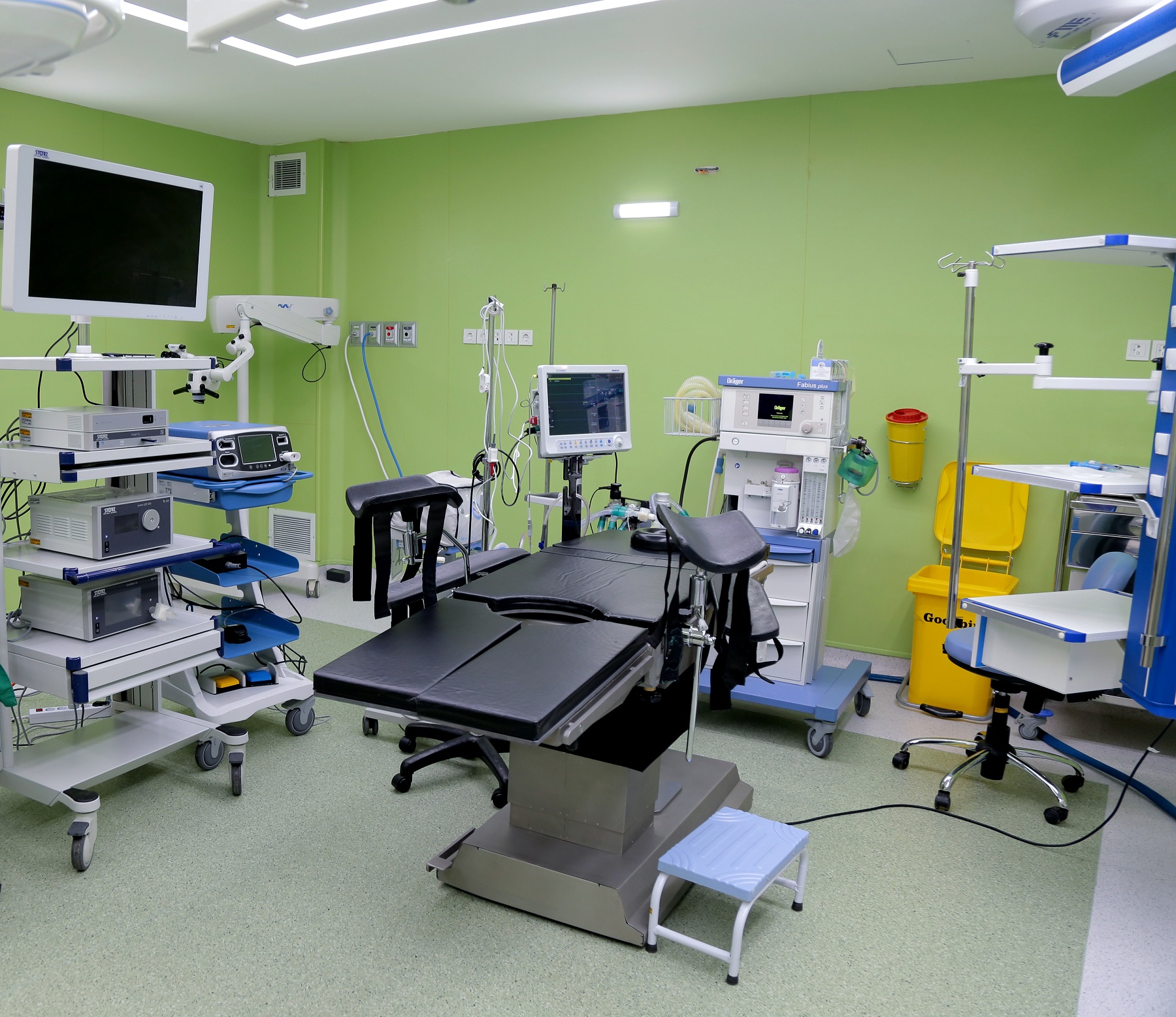
What is laparoscopy?
Laparoscopy is a modern way of medical operation. During a laparoscopy, the surgeon makes some incisions (one to four, that are each between 1 and 2 centimeters in length) in lower part of patient’s abdomen, these incisions allow other instruments to be inserted.
the surgeon inserts the laparoscope through the incision. The camera attached to the laparoscope displays the images on a screen, allowing patient’s organs to be viewed clearly in real time and giving the surgeon a clear view of the whole area.
laparoscopy is used to carry out diagnostic or surgical treatment. Laparoscopy is often performed using general anesthesia.
In infertility treatment methods, factors that cause infertility like; Endometriosis, uterine fibroma, structural abnormalities, ovarian cysts, adhesions and ectopic pregnancies can be diagnosed by laparoscopy.
In most cases, the additional studies on causes of female infertility can be identified by diagnostic laparoscopy. Generally this kind of operation carry out after other infertility studies.
What is hysteroscopy?
Hysteroscopy is a procedure used to examine the inside of uterus. It is carried out using a hysteroscope, which is a narrow telescope with a light and camera at the end. Images are sent to a monitor so the specialist can see inside of uterus.
The hysteroscope is passed into uterus through vagina and cervix (entrance to the uterus), which means no cuts need to be made in patient’s skin.
A hysteroscopy can either be done under general or with local anesthesia.
A diagnostic hysteroscopy can be used to:
Heavy menstruation that has not responded to medical treatment, bleeding or spotting between two cycles, postmenopausal bleeding, recurrent pregnancy loss.
A therapeutic hysteroscopy can be used:
Removal of polyp, intrauterine adhesions, myoma, removal uterine congenital disorders like uterine septum or bicornuate uterus and a procedure called dilatation and curettage (D&C) used to be common to examine the uterus and remove abnormal growths, but now hysteroscopies are carried out instead.
How to prepare for hysteroscopy?
The best time is the first days after ending of menstruation. Patient should fast(not have anything to drink or eat) for at least 12 hours before operation. Underlying health conditions like diabetes, high blood pressure or hypothyroidism should be consulted .
Testicular biopsy
Testicular biopsy is surgery to remove a piece of tissue from one testicle or two. The tissue is examined under a microscope. A testicular biopsy may be used to Retrieve sperm for use in IVF. This is done if sperm are being made in the testicles but are not present in the semen. There are two techniques to carry out testicular biopsy; PESA (Percutaneous Epididymal Sperm Aspiration) is the method of puncturing the skin of the testicles with a needle into the epididymis and extracting sperm.
TESE (Testicular Epididymal Sperm Extraction) is surgery performed to obtain a small piece of testicular tissue and separating the sperm in the testicular tissue. Sterile condition is necessary to do both techniques.
The needle extraction or testicular tissue biopsy as the functional proven way are used in azoospermia cases with normal FSH level, because in these cases it is impossible to detect the obstructive complications and Spermatogenesis defects. In fact, needle biopsy with diagnosis of obstructive lesions lead to perform an operation.
It should be noted, testicular biopsy is the only definite diagnosis way of presence or absence of sperm in azoospermia cases.
